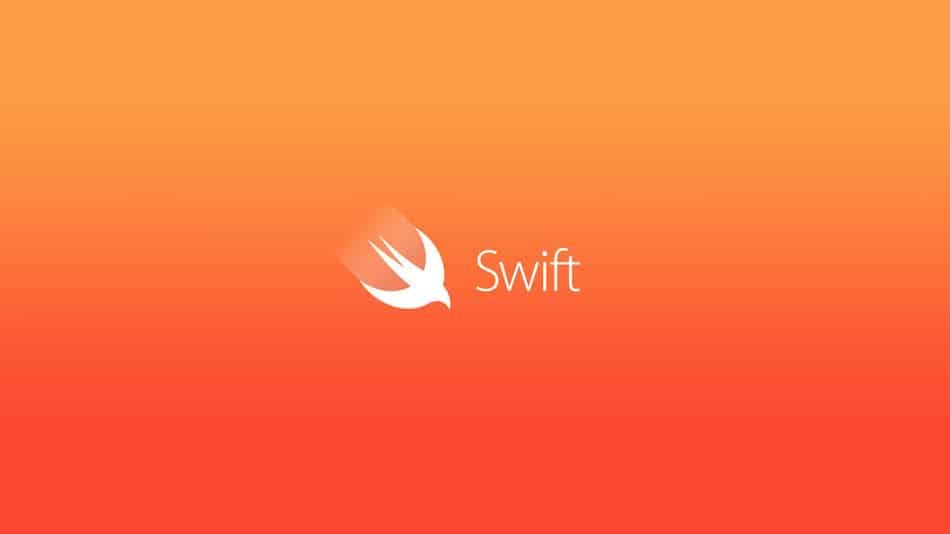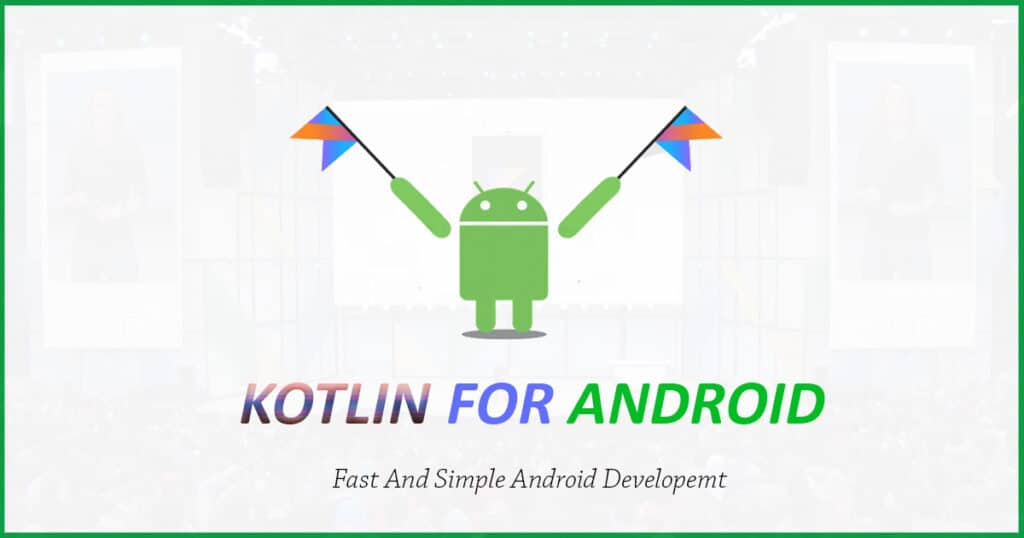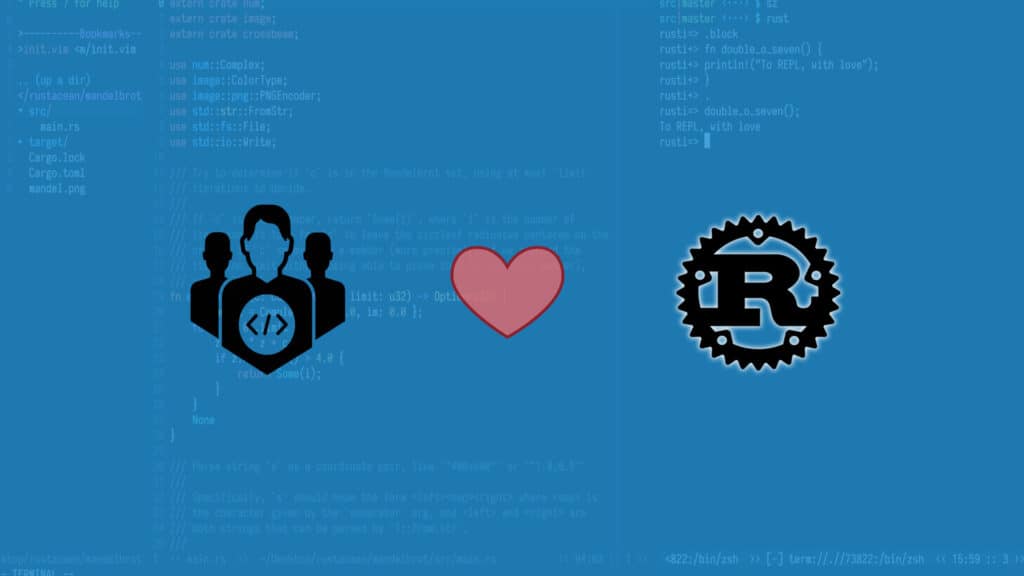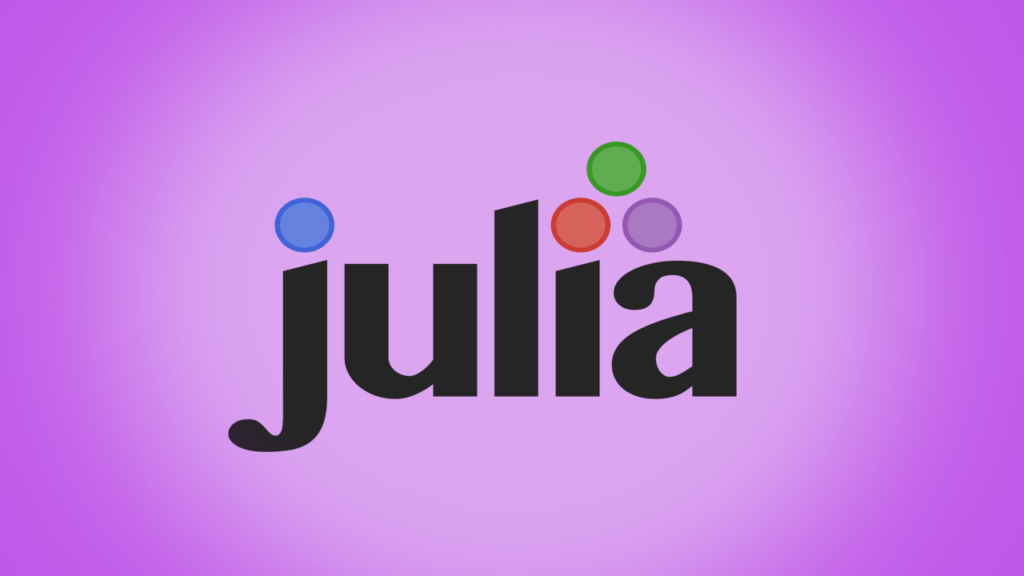The field of technology is very versatile and at the same time dynamic. There are many programming languages that one can use to develop fully functional software.
The most intriguing thing is that new languages keep emerging while others fade away. However, not all programming languages are the same. Some tend to have a higher demand than others.
Contents
New Programming Languages With High Demand
Before you start learning any new programming language (We are not talking about established programming languages like Java and Python), it is important to know whether it has a high demand in the job market or not. It will be quite unfortunate to learn something that nobody needs. To help you make the right choice, here are 5 new high demanding programming languages.
1. Swift

Swift is a new general-purpose programming language that was released in 2014. The language was developed by Apple Inc and was meant for developing applications for iOS macOS, tvOS, and watchOS. The language can also be used to develop applications for Linux operating system. Swift was also created to work on Apple’s frameworks such as Cocoa Touch.
Swift was developed to be an alternative to the Objective C programming language. Most of its concepts and features are based on Objective C. There is a high demand for applications that can be run on Apple devices. This explains why there is a huge demand for Swift programmers.
2. Kotlin

Kotlin programming language was first heard in 2011. The language was designed by JetBrains (a software development company). Kotlin runs on Java virtual machine (JVM) and LLVM compiler. Unlike most new programming languages, it is statically typed.
Kotlin was meant to be an alternative to Java programming language for Android development. It does away with the verbosity that comes with Java since it uses type inference to declare expressions and values. Kotlin can be used to develop Android applications. Here is our comparison of Java Vs Kotlin in terms of Android development.
3. Rust

Rust is a system programming language that came into existence in 2010. It was designed and developed by Graydon Hoare who was an employee of Mozilla. The company, later on, played a critical role in sponsoring the development of this programming language.
Rust was meant to be an alternative to the C++ programming language. In fact, the two have several similarities. This means that before diving deep into Rust, you need to be knowledgeable on the C++ language. It delivers better performance and memory management.
As a systems language, Rust can be used to develop systems software. It can also come in handy in writing backend web applications.
4. Golang

Golang (Go) is a statically typed programming language whose existence was announced in 2007 and was officially released to the public in 2009. The language was developed by Robert Griesemer, Ken Thompson, and Rob Pike under the sponsorship of Google Inc. Golang was derived from C++ and Java.
In fact, the developers intended to take the positive aspects of these two programming languages. It was meant to be an alternative to C++ since it is simpler and more efficient in terms of memory.
Like C++ and Java, Go is highly scalable. The language is also compatible with multiprocessing hence can be optimized for high performance. Golang can be used to create applications for different platforms including Windows, Linux, and macOS. Hands-on experience in C++ or even Java may be necessary if you intend to develop software applications using Golang.
5. Julia

Julia is a high-level programming language that was released in 2012. To date, Julia remains one of the high demanding programming languages. Julia was developed by a team of developers including Stefan Karpinski, Alan Edelman, and Jeff Bezanson. Julia is a dynamically typed programming language and is mainly used for numerical and computational analysis.
Julia was developed to be an alternative to Python and R programming languages. This is because its core features make it an ideal language for data and numerical analysis. It also has several libraries that can perform mathematical calculations.
Julia is also able to perform at the optimum levels even when dealing with complex data. For this reason, it is a preferred programming language for big data projects. Knowledge of C, Python, or even R can help you to program using Julia.
Now you know the high demanding programming languages. If you have intentions of making yourself marketable, consider pursuing the above five new programming languages.

